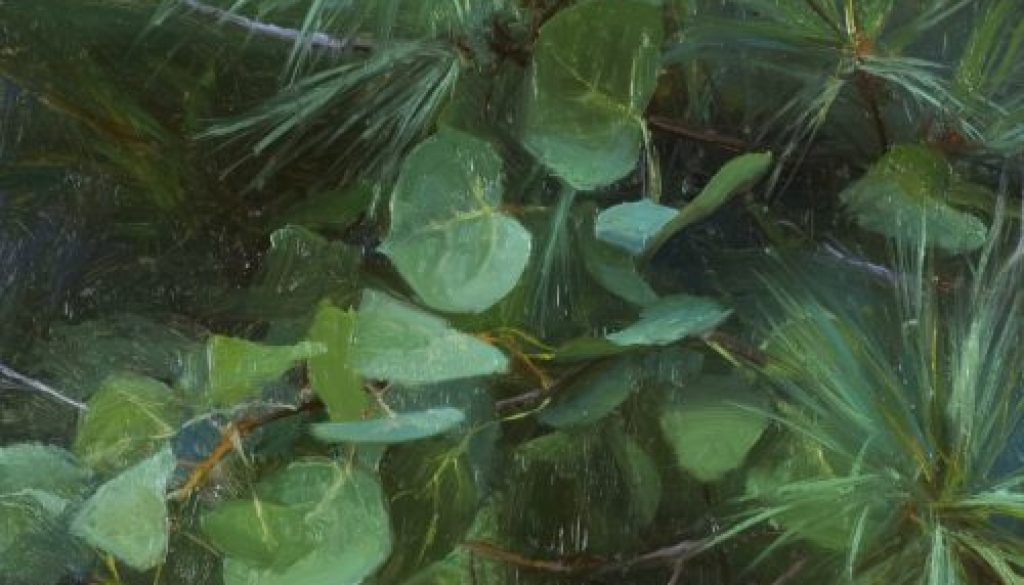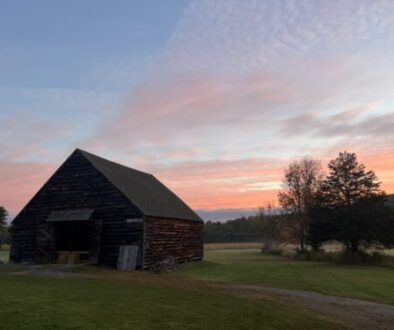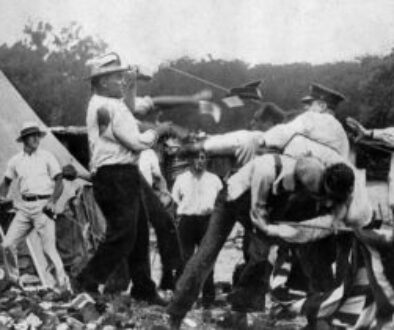Artists Lecture and Reception with Fine Artist Jonathan Stasko
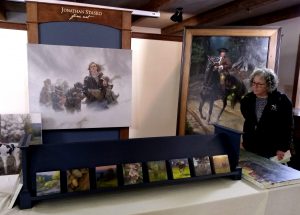 You may not be able to travel back in time and experience, first hand, the places, people and events which formed our local and national history – but when viewing the masterpieces created by local fine artist Jonathan Stasko, you might feel as though you have.
You may not be able to travel back in time and experience, first hand, the places, people and events which formed our local and national history – but when viewing the masterpieces created by local fine artist Jonathan Stasko, you might feel as though you have.
On Saturday, November 16 at 2 p.m. the Old Stone Fort Museum will host an artist’s reception and lecture, allowing participants the opportunity to not only view a broad selection of figurative, still-life and landscape pieces but hear the artist speak about his inspiration, philosophy, technique and more.
With exhibitions and installations in art galleries and private collections throughout New York, Pennsylvania and beyond, Stasko has seamlessly combined his love of history with a natural and practiced talent for bringing paint to canvas.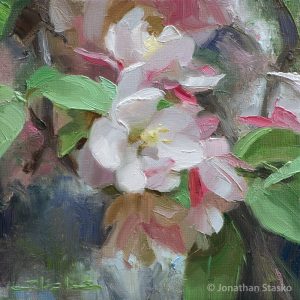
Stasko said he strives to connect viewers with the humanity of people in our nation’s story by portraying the simple to extreme experiences of their lives.
The width and breath of Stasko’s pieces which will be on display during the Old Stone Fort’s lecture and reception help to demonstrate that aim, from the 60 x 42 framed oil on canvas “Pursued”, depicting John Harper’s ride to Albany, to smaller, more delicate landscapes featuring a wide range of pastoral images of Schoharie County and rural America.
Paintings will be available for purchase and proceeds from sales will go to benefit the Schoharie County Historical Society.
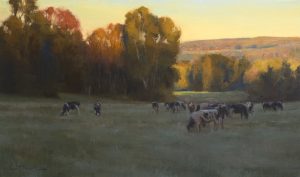 The lecture and reception will be held in the Badgley Museum Annex on the grounds of the Old Stone Fort Museum Complex. Admission is $5 for adults and free for students and Schoharie County Historical Society members.
The lecture and reception will be held in the Badgley Museum Annex on the grounds of the Old Stone Fort Museum Complex. Admission is $5 for adults and free for students and Schoharie County Historical Society members.
Refreshments will be provided.
See more of Stasko’s work on his website Jonathan Stasko Fine Art
A sampling of works on display and available for purchase during the event include:
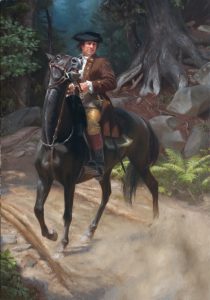 Pursued – During the turbulent summer of 1777, New York was embroiled in an aggressive British campaign on three fronts aimed at severing the colonies and crushing the American rebellion. Many militiamen from the frontier settlements including those in present day Schoharie and Otsego counties flooded to Fort Ticonderoga in an attempt to repulse General Burgoyne’s advance from Canada with his army of British, Hessians and Native Americans.
Pursued – During the turbulent summer of 1777, New York was embroiled in an aggressive British campaign on three fronts aimed at severing the colonies and crushing the American rebellion. Many militiamen from the frontier settlements including those in present day Schoharie and Otsego counties flooded to Fort Ticonderoga in an attempt to repulse General Burgoyne’s advance from Canada with his army of British, Hessians and Native Americans.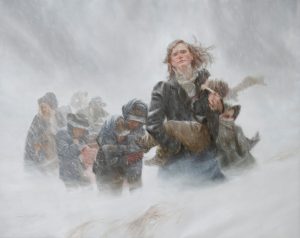 Portrait of Minnie Freeman – On January 12, 1888 Nebraska was struck by a fierce winter storm that remains one of the most severe in the state’s history. The deadly, frigid temperatures and wind caught many off guard who had been enjoying the first day of reasonable weather in weeks. Among these were many school children who had taken the opportunity to escape the confines and isolation of a prairie home in winter. Hundreds perished in this tragic event, some in their own yards, due to blinding snow and hypothermia. Yet, stories also emerged of heroic and selfless deeds. Perhaps the best known is that of a nineteen year old school teacher named Minnie Freeman. After the door and part of the roof had been torn from her sod schoolhouse, she showed the decisive action and fierce determination so common among early Americans. According to the story, she linked her charges together with some twine and, carrying the youngest, abandoned the school and led them all to the safety of a farmhouse approximately a mile away.
Portrait of Minnie Freeman – On January 12, 1888 Nebraska was struck by a fierce winter storm that remains one of the most severe in the state’s history. The deadly, frigid temperatures and wind caught many off guard who had been enjoying the first day of reasonable weather in weeks. Among these were many school children who had taken the opportunity to escape the confines and isolation of a prairie home in winter. Hundreds perished in this tragic event, some in their own yards, due to blinding snow and hypothermia. Yet, stories also emerged of heroic and selfless deeds. Perhaps the best known is that of a nineteen year old school teacher named Minnie Freeman. After the door and part of the roof had been torn from her sod schoolhouse, she showed the decisive action and fierce determination so common among early Americans. According to the story, she linked her charges together with some twine and, carrying the youngest, abandoned the school and led them all to the safety of a farmhouse approximately a mile away.